Josh's Frogs
Insects in the Classroom
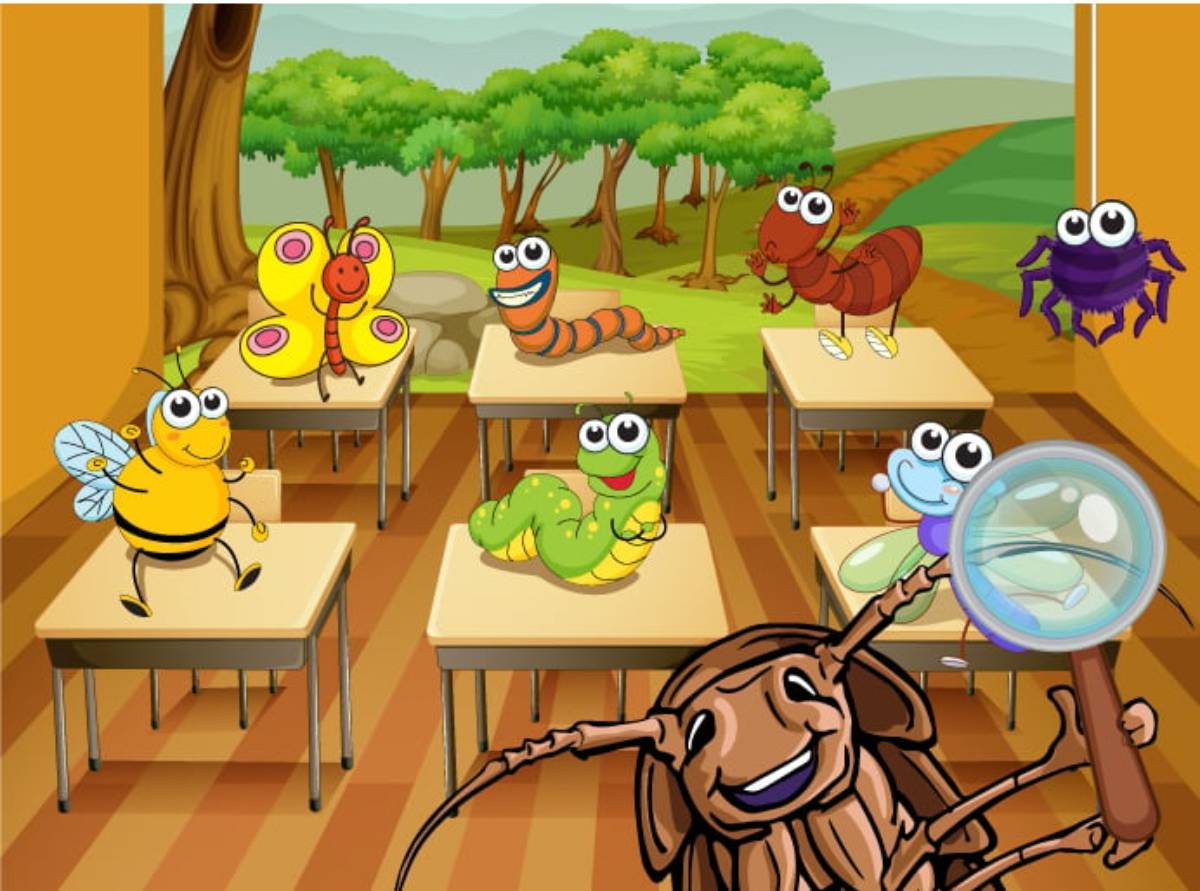
by Ryan Huether
For whatever subject you may be teaching, insects can be powerful illustrative tools.
In science, they can be used to demonstrate numerous biological subjects for investigation: metamorphosis, eusociality, genetic variability, and many others. In writing, they can be used to practice different forms of descriptive writing ranging from technical to poetic or to inspire students to adopt stories written from drastically different perspectives. For math, their population dynamics can be used as a real world example of exponential growth functions. For visual arts, they may be used to challenge students’ ideas regarding what is beautiful or worthy of expression.
But whether science, writing, mathematics, or art, including insects in the curriculum is a great way to expose students to wonders of nature they might otherwise overlook. You may be wondering: Where can I get insects? How do I take care of them? How can I incorporate a particular insect species into a lesson?
The answer to the first two questions can be found at joshsfrogs.com where you will find all sorts of insects and other arthropods for sale, as well as helpful care sheets to enable you to provide them with all they need to thrive. The answer to the third is the subject of this blog. So let's get right to it.
Madagascar Hissing Cockroaches
While their large size and ability to hiss makes them appear at first intimidating, the actual fact of the matter is that these Cockroaches are pretty much ideal for introducing the world of insects to curious onlookers. They are very slow for Cockroaches (which as a group include some of the fastest land animals in the world relative to size). Additionally, they become accustomed to being handled, are large enough to be observed easily, even by those disinclined to get very close, and are easy to take care of.
They are an excellent candidate for teaching basic insect morphology, incomplete metamorphosis (as compared with complete metamorphosis seen in insects like butterflies), or sexual dimorphism.
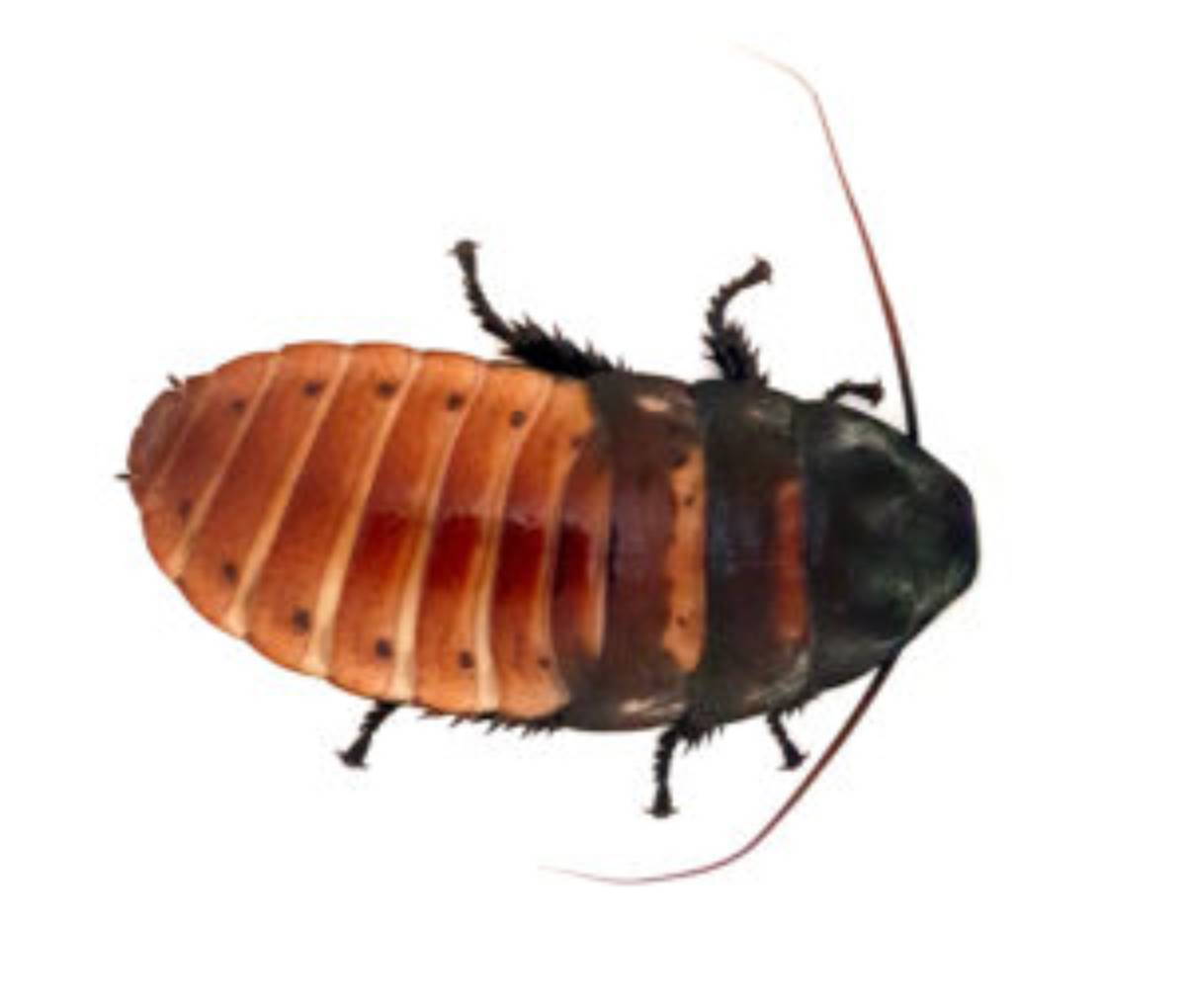
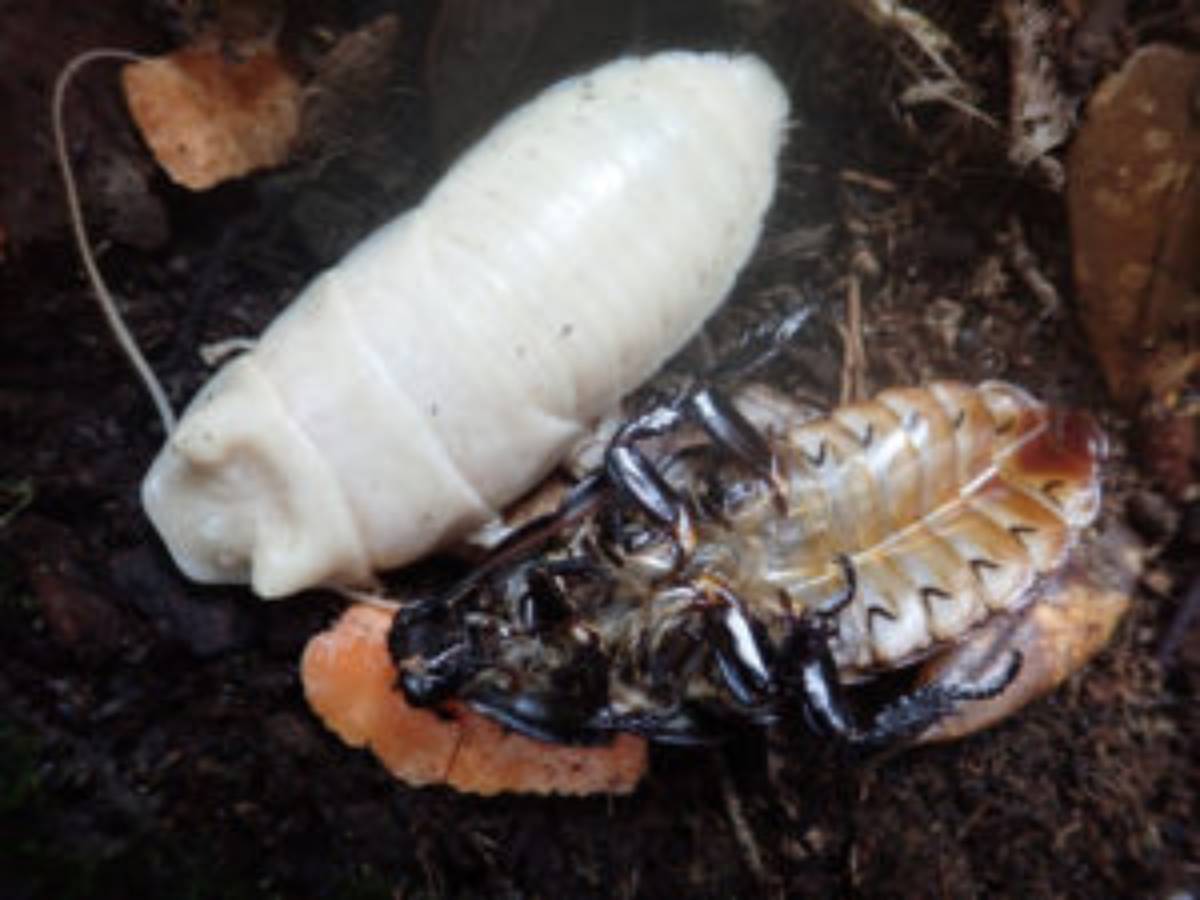 Hissing Cockroaches are completely white for a short time after molting
Hissing Cockroaches are completely white for a short time after molting
Tarantulas
Spiders are the subject of many people's deepest fears. You might suspect they are just biding their time till a human drifts close enough to them so they can seize the opportunity and devour them alive to warrant this level of instilled horror. In reality, however, they aren't even looking to steal your ice cream, much less your life. Therefore, bringing a large hairy one into your classroom will go a long way towards dispelling fears regarding everyone's favorite candidate for the award of “most likely to be killed with fire”.
Tarantulas are fantastic for teaching students about pneumatic legs, basic spider morphology, overcoming fears. Also, if your students are of a high enough maturity level, they can learn how to handle delicate animals.
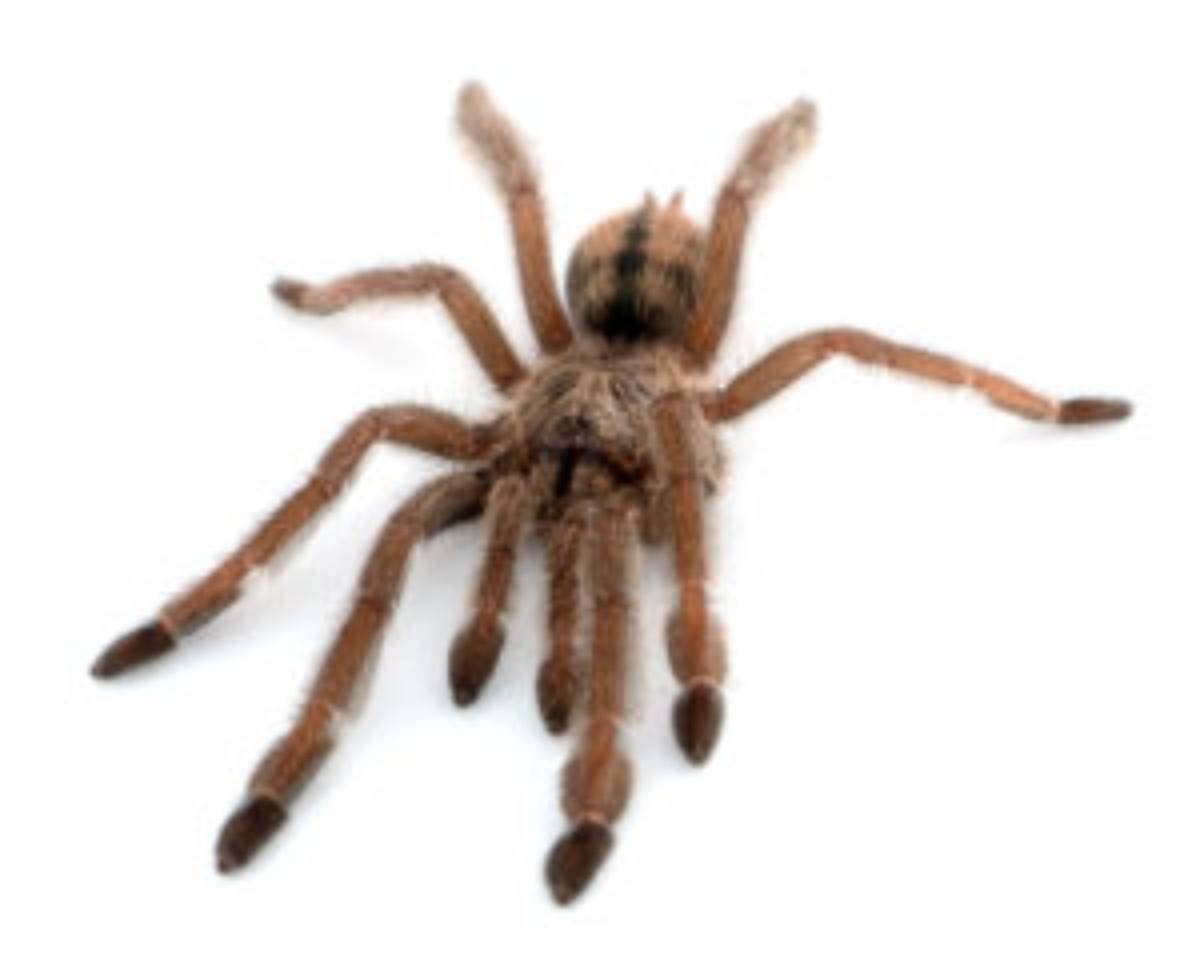
Hornworms
Hornworms start from a diminutive 7mm and end at a massive (for an insect) 100mm or more. Its mass increases by over 7,000 times in only a short time. For these reasons, hornworms will amaze students with their sheer ability to consume and grow. They have a voracious larval stage and subsequent pupal stage. Finally, students will be stunned by the impressive wingspan of the adult moth when grown.
Hornworms are great examples of complete insect metamorphosis and flight. They also can be used to demonstrate sigmoidal growth and ecological niche specialization (courtesy of their fantastically elongated proboscis). Likewise, they can even illustrate literary concepts such as rebirth and ascetic vs hedonistic lifestyles (as contrasted between the dietary habits of the larval and adult stages of the insect).
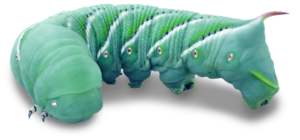
Mantises
Regardless of personal feelings about the other insects and arachnids on this list, most people have positive opinions of mantises. Something about their mannerisms and posture makes them seem more intelligent. Dare we say, they appear more human. Even though they are six legged, five eyed (counting both compound and simple eyes), four winged carnivores with knives for hands, there is a sense of recognition when they turn their head to look at you. It seems they just might be as curious and aware of you as you are of it.
Mantises are perfect examples of insect camouflage and ambush predation. Their very personable expressions, combined with their alien appearance, make them great subjects for art and photography.

Links of Interest:
https://www.nationalgeographic.com/animals/insects/
https://www.scholastic.com/teachers/articles/teaching-content/general-facts-about-insects-and-bugs/
https://www.amentsoc.org/insects/fact-files/a-to-z-of-insects.html
https://en.wikipedia.org/wiki/Insect
[button-green url="https://new.joshsfrogs.com/c/feeders" target="_self" position="center "]Buy Live Insects and Feeders [/button-green]
